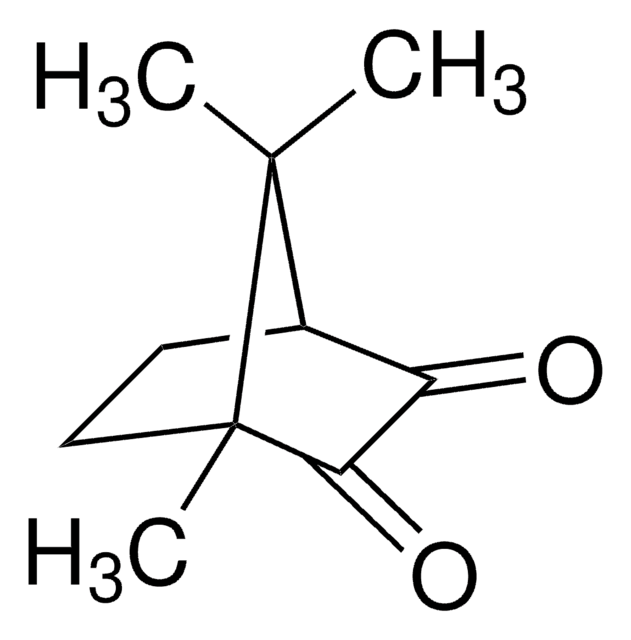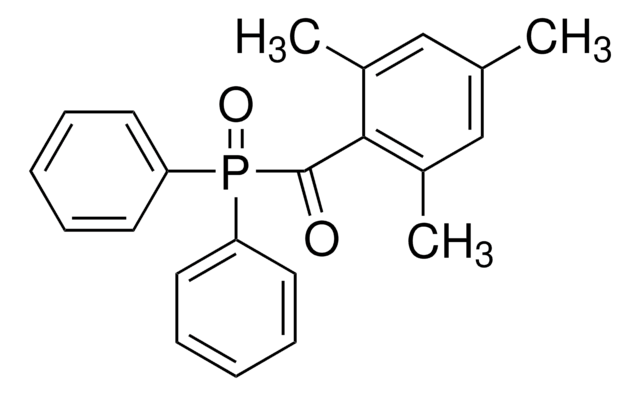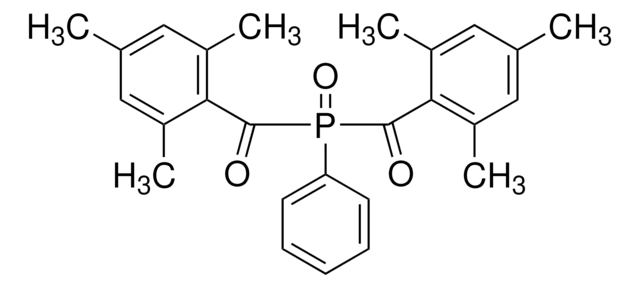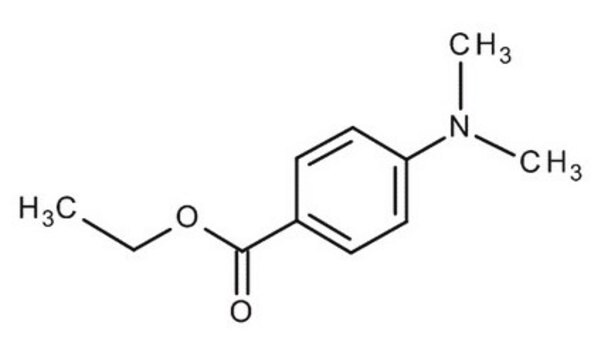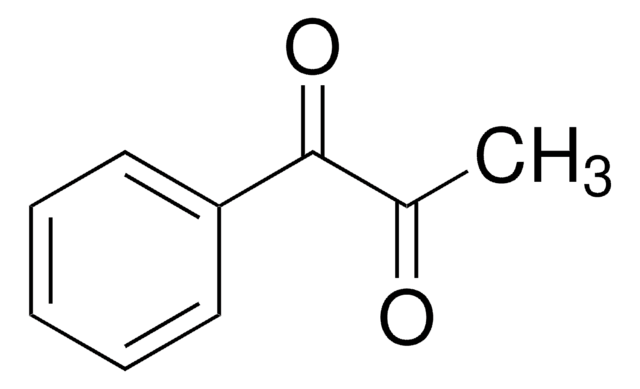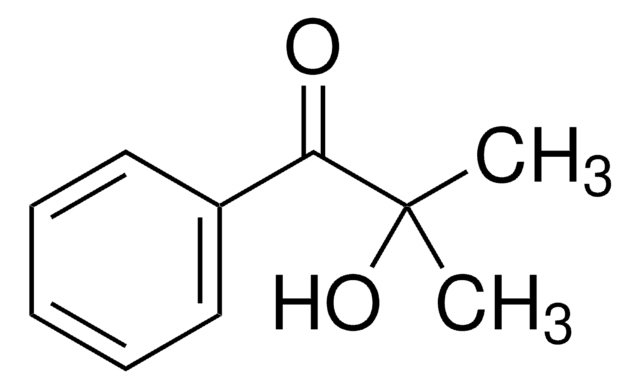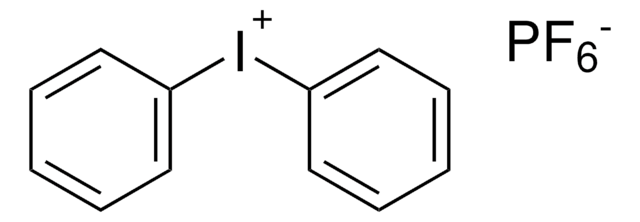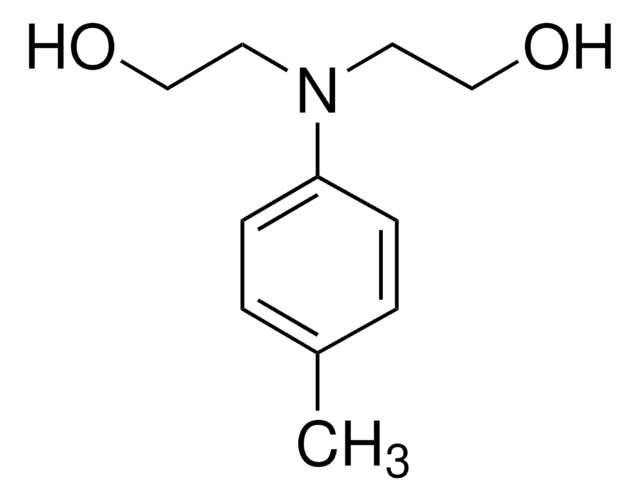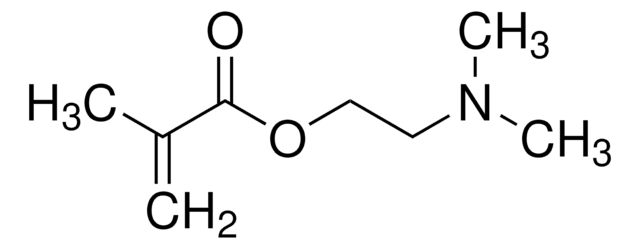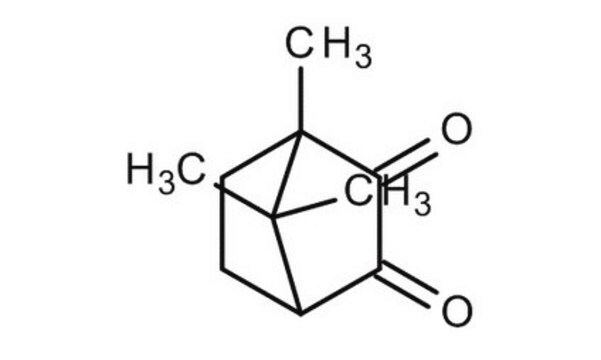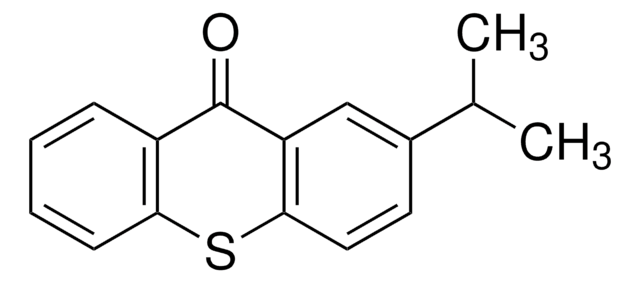E24905
Ethyl 4-(dimethylamino)benzoate
≥99%
Synonym(s):
Parbenate
About This Item
Recommended Products
Quality Level
Assay
≥99%
mp
63-66 °C (lit.)
SMILES string
CCOC(=O)c1ccc(cc1)N(C)C
InChI
1S/C11H15NO2/c1-4-14-11(13)9-5-7-10(8-6-9)12(2)3/h5-8H,4H2,1-3H3
InChI key
FZUGPQWGEGAKET-UHFFFAOYSA-N
Looking for similar products? Visit Product Comparison Guide
General description
Application
Signal Word
Danger
Hazard Statements
Precautionary Statements
Hazard Classifications
Aquatic Chronic 2 - Repr. 1B
Storage Class Code
6.1C - Combustible acute toxic Cat.3 / toxic compounds or compounds which causing chronic effects
WGK
WGK 3
Flash Point(F)
Not applicable
Flash Point(C)
Not applicable
Personal Protective Equipment
Regulatory Listings
Regulatory Listings are mainly provided for chemical products. Only limited information can be provided here for non-chemical products. No entry means none of the components are listed. It is the user’s obligation to ensure the safe and legal use of the product.
JAN Code
E24905-5G:
E24905-100G:
E24905-500G:
E24905-BULK:
E24905-VAR:
Choose from one of the most recent versions:
Already Own This Product?
Find documentation for the products that you have recently purchased in the Document Library.
Customers Also Viewed
Articles
The Progress in Development of Dental Restorative Materials
Our team of scientists has experience in all areas of research including Life Science, Material Science, Chemical Synthesis, Chromatography, Analytical and many others.
Contact Technical Service